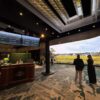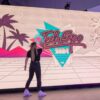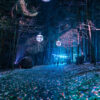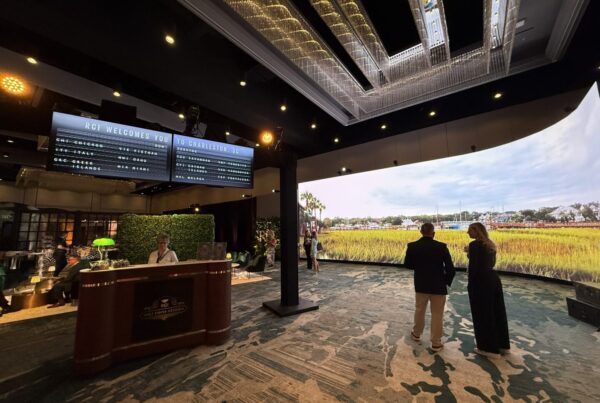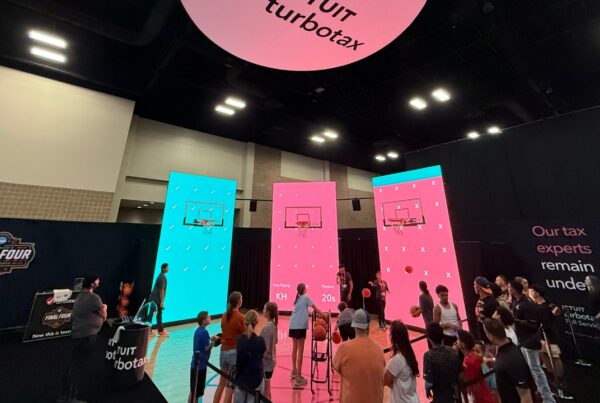For many retail brands, pop-up culture has become a way of life. Opening a temporary, mobile, or semi-permanent store in a variety of different places opens the door to new customers, additional revenue opportunities, higher awareness, media mentions, and increased social presence. Pop-ups are an effective means of marketing, and a fantastic way to provide customers with fresh new experiences. It’s been so effective that the pop-up industry has grown to become an $8-$10 billion per year market. A quick search for pop-up agencies confirms that growth, revealing a number of pop-up specific companies that have been created to support this unique market.
What is a pop-up store?
Defining a pop-up as an extension of a retail store would be a fair description, except there’s more to the concept than just putting products on display in a smaller version of a retail location. This is because the pop-up is more about the customer experience than anything else. In fact, there are plenty of “pop-ups” that don’t even offer their products or services for sale, and instead point you to the nearest retail location to make a purchase. Samsung 837 or the Cadillac House in NYC are both great examples of that, even though they are more permanent destinations.
Because there are so many different desired outcomes for how a pop-up should serve its brand and so many different ways to activate one, we like to give these pop-ups a more fitting description: experiential customer touchpoints.
How are they deployed?
There’s no single correct method for deploying a pop-up. Some are built-in empty commercial spaces, others are built into buses, containers, or other vehicles that allow them to tour, and some exist right within an existing retail location. Below are four of the more common scenarios for how we’ve seen retail pop-ups activated.
Store within a Store: This is the most common practice, where a brand will set up some type of activation, experience, or branded space, inside another store. Often this is one brand leasing space inside a bigger retailer. This gives both brands an edge — for the retailer, there is a new experience to help drive traffic and sales, and for the brand, there’s increased visibility within the store as compared to other products.
Pop-up Events: These can look very similar to the store-within-a-store concept, except a brand is activating an event. There’s generally a fixed window of time the experience will run, as opposed to the longer runs of store-within-store activations. Fashion retailer Nordstrom puts on a series called PopIn@Nordstrom where they highlight a specific line, often offering limited edition runs only available during the event.
Street/Culture: One of the distinctive benefits of activating a pop-up is the flexibility in deployment. There are no set rules on how or where you activate, leading to some very creative experiences. To maximize the investment, brands often seek out high traffic areas or piggyback on other events where they can grab the most visibility for the investment. Diesel set up a deceptive pop-up shop during fashion week that doubled as a publicity stunt. Marriott unveiled a pop-up hotel during Coachella to capture the attention of festival-goers. Uniqlo created invite-only train parties that activated in the “L” in Chicago to promote a Chicago store opening.
Destination: Some pop-ups don’t go where the people are, but instead opt to create a destination location, opening unique spaces that are only open for a limited time. PINK Snowed Inn was a pop-up in SoHo during the holiday season, complete with activations that were designed as “made for Instagram” moments. The Cliffside Shop for brand 37.5 Technology took the destination pop-up concept to new heights, literally, by opening a shop on the side of a cliff and giving away products to climbers who reached the store. Both of these destination pop-ups served as vehicles to produce original content for the web.
This is just a primer — a quick overview of what pop-ups are, and how they’re most often deployed. Follow along as we look into the makeup of these experiences, and detail some of the desired outcomes from activating a pop-up.
If you’re ready to talk about how you can maximize your customer experience, we’d love to chat!


